I often receive questions about gain in an audio mixer. Gain is a crucial aspect of achieving optimal sound quality, yet many people are unsure of what it is and how to properly set it.
In this section, I will provide a comprehensive explanation of gain in an audio mixer and offer a step-by-step tutorial on how to set it correctly. By the end of this section, you will have a clear understanding of how gain functions in an audio mixer and be equipped with practical knowledge on how to adjust it for optimal audio production.
Key Takeaways:
- Gain is a crucial aspect of audio production and plays a significant role in achieving optimal sound quality.
- Properly setting the gain in an audio mixer is essential for producing clear, balanced, and distortion-free audio.
- There are several gain controls available in an audio mixer, and each has a specific function that impacts the overall sound quality of the audio output.
- Adjusting gain in an audio mixer requires a careful balance between boosting the input signal and avoiding distortion or noise.
- Having a clear understanding of gain in an audio mixer is essential for achieving professional-quality audio output.
Understanding Gain in Audio Mixer
Before we dive into how to properly set the gain in an audio mixer, let’s first understand what gain is and why it’s important in achieving optimal sound quality.
Put simply, gain refers to the amount of amplification applied to an audio signal before it reaches a mixer or other recording device.
The purpose of gain is twofold:
- To ensure the audio signal is strong enough to be captured by the device without being distorted or lost in background noise.
- To provide enough headroom for adjustments in volume or EQ during the mixing and mastering process.
Having the proper gain level can make all the difference in the final sound quality of your recording.
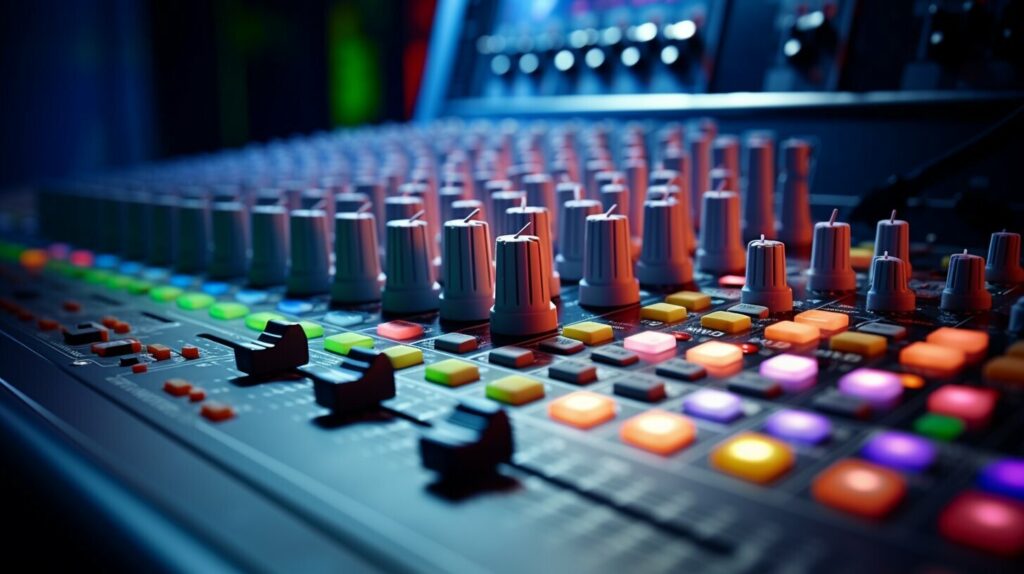
Importance of Gain in Audio Mixer
Setting the gain correctly in an audio mixer is crucial for achieving high-quality sound. When the gain is set too low, the audio signal may become too weak, resulting in poor sound quality. Conversely, if the gain is set too high, the audio signal may become distorted or clipped, which can be harsh on the ears and ruin the entire recording.
Properly setting the gain in an audio mixer is especially important when dealing with dynamic sounds, such as vocals or percussion instruments. These sounds have a broad dynamic range, meaning they can range from very quiet to very loud. A well-set gain will ensure that the quieter parts of the recording are audible and the louder parts are not distorted.
Additionally, setting the gain correctly can help prevent noise and interference from being amplified along with the audio signal. This can be especially important in live performances or recordings, where unwanted noise can be distracting and diminish the overall quality of the production.
Overall, the importance of setting the gain in an audio mixer cannot be overstated. It is a fundamental step in achieving optimal sound quality and should not be overlooked.
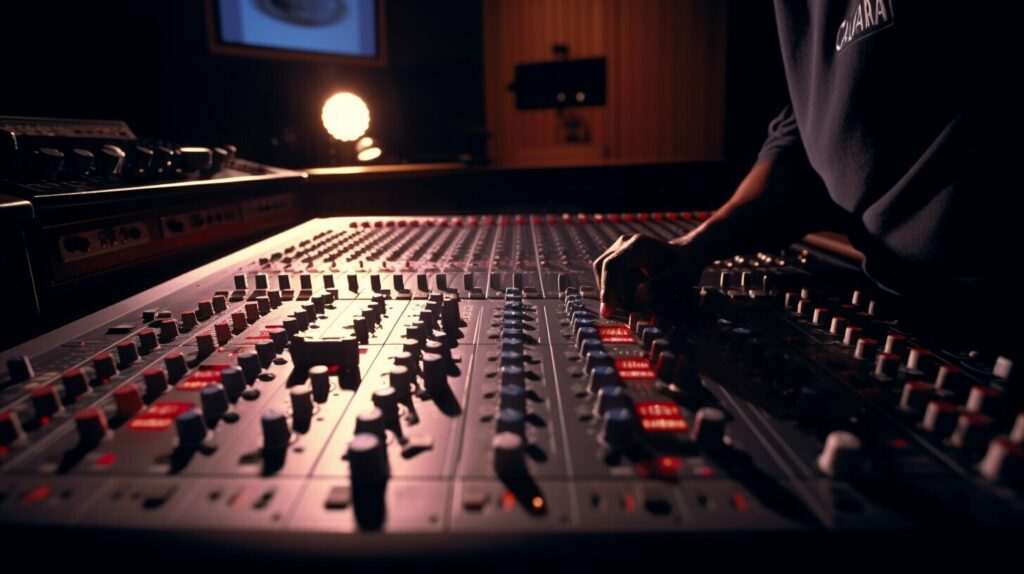
Audio Mixer Gain Control
One of the most important aspects of achieving optimal sound quality in audio production is setting the gain in an audio mixer correctly. To do this, you need to understand the different types of gain controls that are available and how to adjust them to achieve the desired result.
There are several types of gain controls found in audio mixers, including preamp gain, channel gain, and master gain. Preamp gain controls the signal level before it enters the mixing process, while channel gain adjusts the individual levels of each channel. Master gain controls the overall level of the final output.
When adjusting gain in an audio mixer, it is important to keep in mind the relationship between gain and volume. Increasing the gain can result in a louder sound output, but if the gain is set too high, it can lead to distortion or clipping. On the other hand, setting the gain too low can result in a weak or low-quality sound output.
It is important to use your ears when setting the gain in an audio mixer, rather than relying solely on visual indicators. Listen for any distortion or clipping and adjust the gain accordingly to achieve optimal sound quality.
Overall, understanding the different types of gain controls available in an audio mixer and how to adjust them properly is crucial for achieving optimal sound quality in audio production.
How to Adjust Gain in Audio Mixer
Adjusting the gain in an audio mixer is crucial to achieving optimal sound quality. Follow these simple steps to adjust the gain:
- Make sure all levels on the mixer are set to zero
- Play a sound through the desired channel
- Gradually increase the gain until the desired level of volume is reached. You can use the Volume Unit (VU) meters to determine this. On an analog mixer, you should raise the gain so that the incoming signal is at the 0 level. With digital mixers, the incoming signal should be raised up to -12 to 18 dB, depending on the mixer.
- Be mindful of distortion – if the sound starts to clip, reduce the gain slightly
It’s important to remember that the gain should be set to the lowest possible level that still achieves the desired volume. This helps to reduce background noise and distortion, resulting in clean and clear sound.
It’s also recommended to periodically check the gain levels throughout your audio production to ensure they remain consistent and properly adjusted.
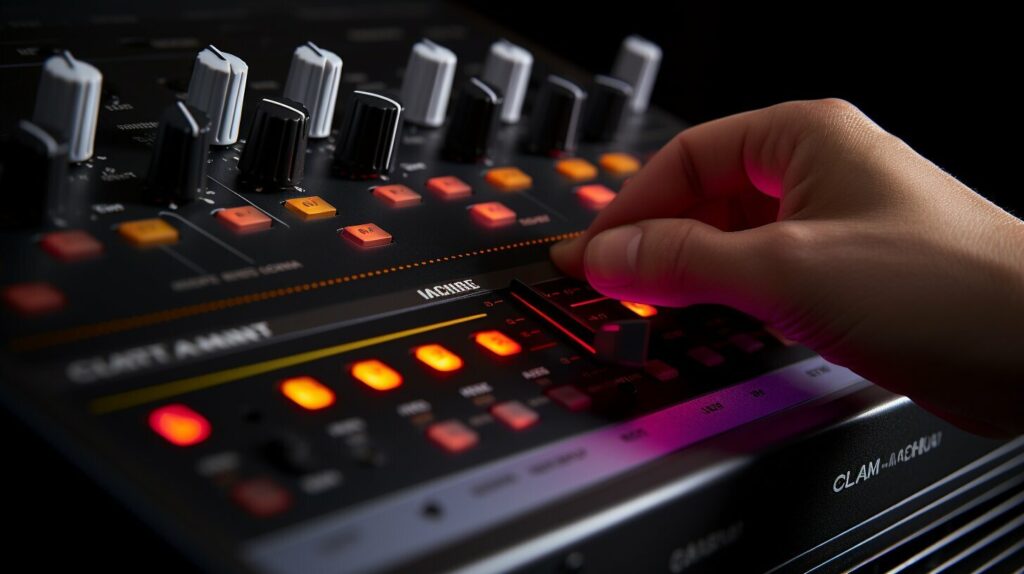
Tip: If you’re adjusting the gain for a live performance, consider practicing before the event to ensure you have a good understanding of how to adjust the gain levels smoothly and efficiently.
Audio Mixer Gain Settings
There are several gain controls in an audio mixer that are responsible for adjusting the sound levels and maintaining the right balance throughout the production process. Here are the main types of gain controls you’ll find in a typical audio mixer:
| Gain Control | Purpose |
|---|---|
| Preamp Gain | This control adjusts the signal level as it enters the mixer, ensuring that the input signal is strong enough to produce optimal sound quality. |
| Channel Gain | This control adjusts the signal level for each channel, allowing you to bring individual instruments or vocals up or down in the mix. |
| Master Gain | This control adjusts the overall sound level of the mix, allowing you to adjust the final output to the desired volume. |
By adjusting these gain controls, you can adjust the individual sound levels of each channel, ensuring that the mix is balanced and that each instrument or vocal is heard at the right volume.
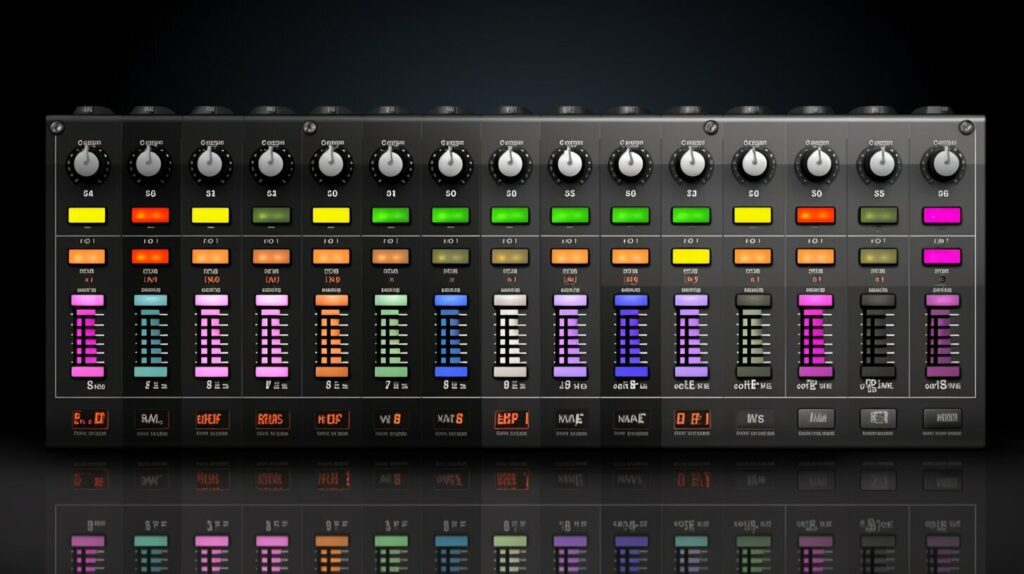
Note: It’s important to avoid overloading the gain controls, as this can cause distortion or unwanted noise in the mix. Always aim for the optimal sound level without going overboard.
Audio Mixer Gain Explained for Beginners
As a beginner in audio production, the concept of gain in an audio mixer can be overwhelming. Simply put, gain is the amount of amplification applied to an audio signal, allowing a microphone or other input source to be heard at the desired level.
Gain is an essential component of achieving optimal sound quality in your audio production. Without proper gain settings, your audio can sound distorted, too quiet, or too loud, affecting the overall quality of your project.
To adjust the gain in an audio mixer, simply locate the gain control knob for the channel or input source you want to adjust. By turning the knob clockwise, you increase the level of amplification, while turning it counterclockwise decreases it. It’s important to be careful not to turn the gain up too high, as this can lead to audio distortion.
When adjusting gain, it’s important to keep an ear out for any distortion or clipping. If you hear distortion, simply turn down the gain until the sound becomes clear and free of distortion.
It’s also crucial to pay attention to the level of the gain, as too little gain can result in a weak and quiet audio signal, while too much can result in distortion and clipping. Proper gain levels can be achieved by using a combination of preamp gain, channel gain, and master gain settings, as well as proper microphone placement and sound check before recording.
Remember, gain is a vital tool in achieving optimal sound quality in your audio production. By properly setting the gain in your audio mixer, you can ensure that your audio sounds clear, balanced, and professional.
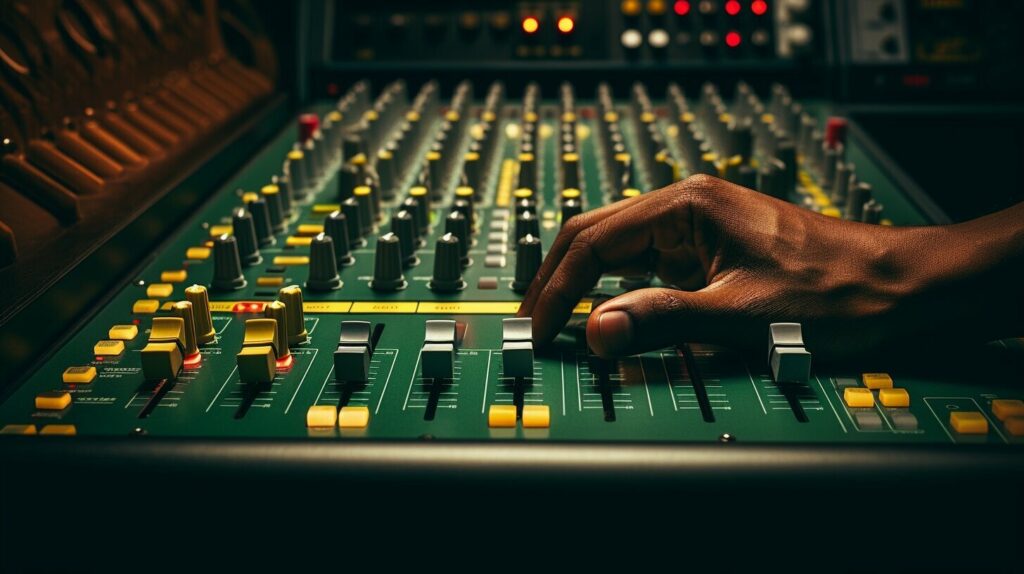
Conclusion
In conclusion, setting the gain in an audio mixer is a crucial step in achieving optimal sound quality for your audio production. As I have discussed throughout this article, gain refers to the input level of a signal, and adjusting it properly can prevent distortion, noise, and other unwanted artifacts.
Understanding the concept of gain, the various gain controls available in an audio mixer, and how to adjust them correctly can make a significant difference in the overall sound quality of your audio production. Whether you are a beginner or an experienced audio engineer, taking the time to properly set the gain in your audio mixer is a vital step in producing professional-sounding audio.
Remember, it’s essential to exercise caution when adjusting the gain, especially when using high-gain settings. Always monitor your audio levels and use your ears to detect any unwanted distortion or noise.
By following the guidelines and tips provided in this article, you can achieve the best possible sound quality for your audio production and take your audio mixing skills to the next level.
FAQ:
Q: What is gain in an audio mixer?
A: Gain in an audio mixer refers to the amplification of an audio signal. It controls the volume level of the incoming sound, allowing you to increase or decrease the signal’s intensity.
Q: How do I set the gain in an audio mixer correctly?
A: To set the gain in an audio mixer correctly, start by setting the gain control to its minimum or zero position. Gradually increase the gain while monitoring the audio signal for distortion or clipping. Aim to find the optimal balance where the sound is clear and without any distortion.
Q: Why is gain important in an audio mixer?
A: Setting the gain properly in an audio mixer is crucial because it affects the overall sound quality and prevents audio distortion. It allows you to control the input levels of different audio sources and adjust them to an appropriate level for optimal audio production.
Q: What are the different types of gain controls in an audio mixer?
A: Audio mixers typically have various types of gain controls, including preamp gain, channel gain, and master gain. Each serves a specific purpose in controlling the input levels and shaping the final audio output.
Q: How do I adjust gain in an audio mixer?
A: To adjust gain in an audio mixer, locate the gain control for the desired audio source. Increase or decrease the gain level accordingly, while carefully monitoring the audio output. Make adjustments until the desired volume and audio quality are achieved.
Q: What are the different gain settings in an audio mixer?
A: There are several gain settings in an audio mixer, such as preamp gain, channel gain, and master gain. Preamp gain adjusts the initial input signal level, channel gain controls the level of individual audio channels, and master gain adjusts the overall output level of the audio mixer.
Q: How can I understand gain in an audio mixer as a beginner?
A: Gain in an audio mixer can be understood as the control that determines how loud or soft the audio signal is. As a beginner, it’s important to start with conservative gain settings and gradually increase them while monitoring the audio output for any distortions or clipping.

